At first, the satellite images appear to be of grey blobs in a forest of green spots, but those blobs are revealed as elephants walking through the woods upon closer inspection.
And these images are being used by scientists to count African elephants from space.
The photos come from a satellite for Earth observation orbiting 600 km (372 miles) above the surface of the earth.
On a single cloud-free day, the breakthrough could allow up to 5,000 sq km of elephant habitat to be surveyed. And all the laborious elephant counting is done through machine learning – a computer algorithm trained in a variety of contexts to identify elephants.
“We just present examples to the algorithm and tell it, ‘This is an elephant, this is not an elephant,'” Dr. Olga Isupova, from the University of Bath, said.
“By doing this, we can train the machine to recognize small details that we wouldn’t be able to pick up with the naked eye.
“The scientists looked first at South Africa’s Addo Elephant National Park.
“It has a high density of elephants,” University of Oxford conservation scientist Dr. Isla Duporge said.
“And it has areas of thickets and of open savannah, so it’s a great place to test our approach.
“While this is a proof of concept, it’s ready to go, and conservation organizations are already interested in using this to replace surveys using aircraft.”
Access to commercial satellites and the images they collect would have to be compensated for by conservationists.
However, this method could significantly enhance the monitoring of endangered elephant populations in environments spanning international boundaries, where authorization for aircraft surveys can be difficult to obtain.
It may also be used in anti-poaching work, the researchers claim.
“And of course, [because you can capture these images from space,] you don’t need anyone on the ground, which is particularly helpful during these times of coronavirus,” Dr. Duporge said.
“In zoology, technology can move quite slowly.
“So being able to use the cutting-edge techniques for animal conservation is just really nice.”
Source: BBC

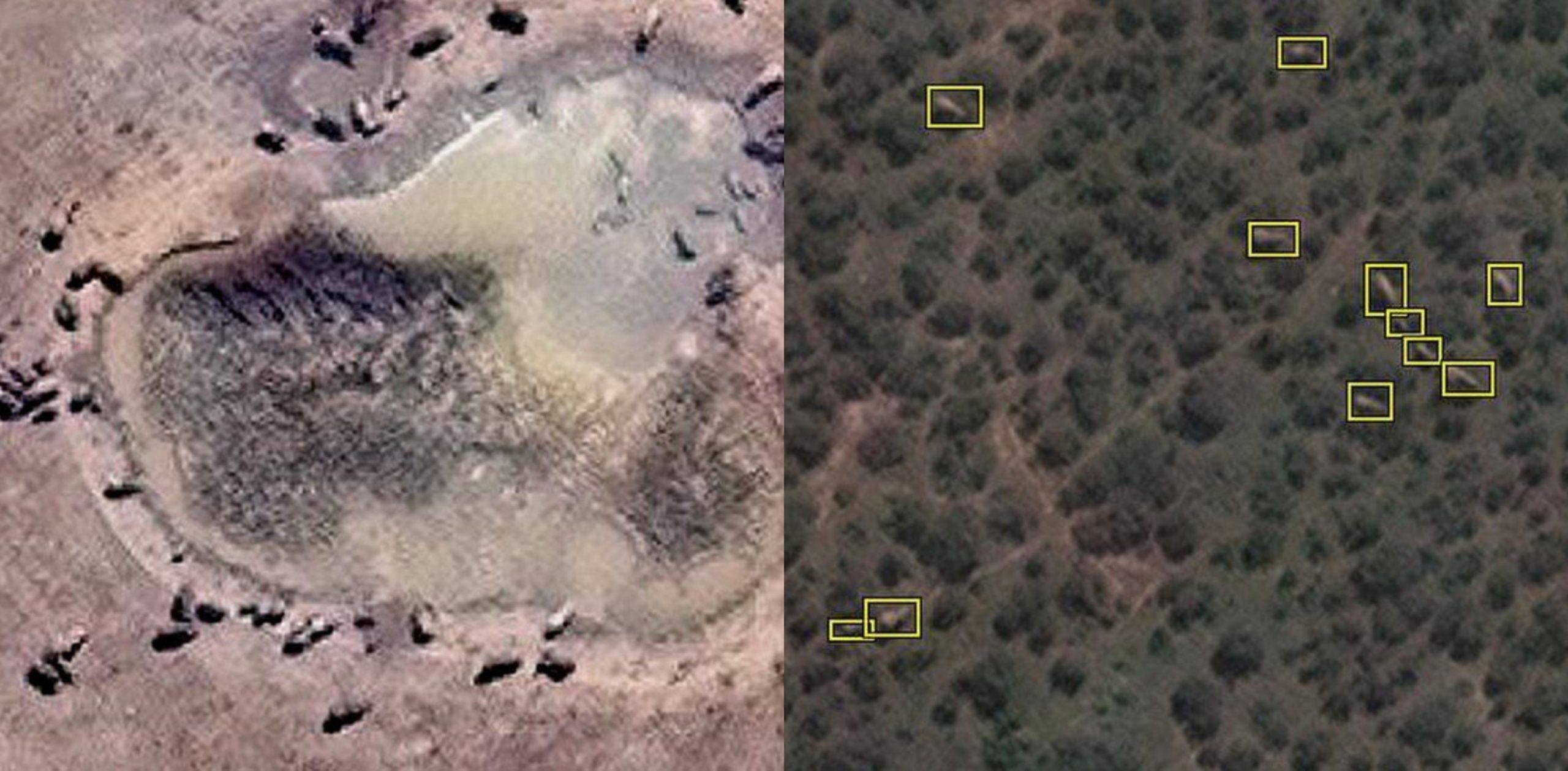


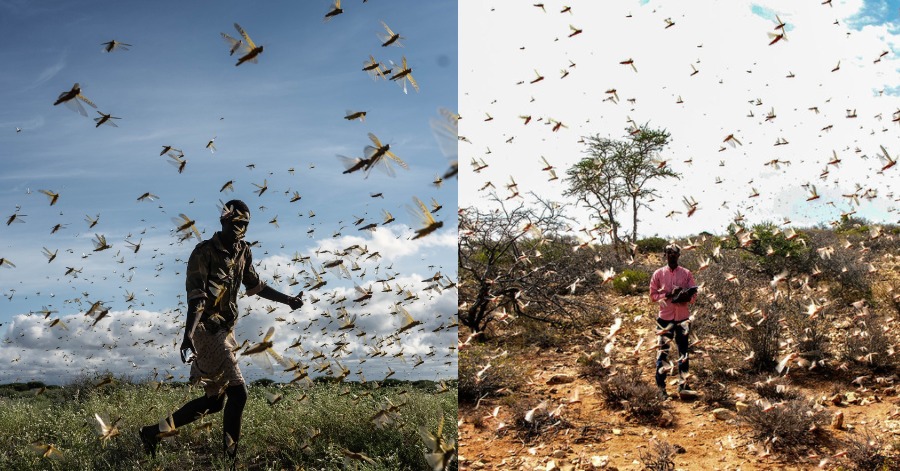
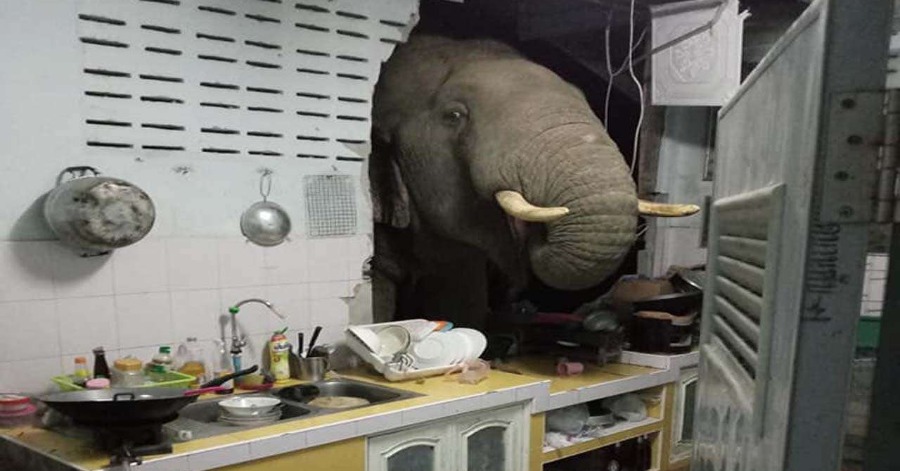
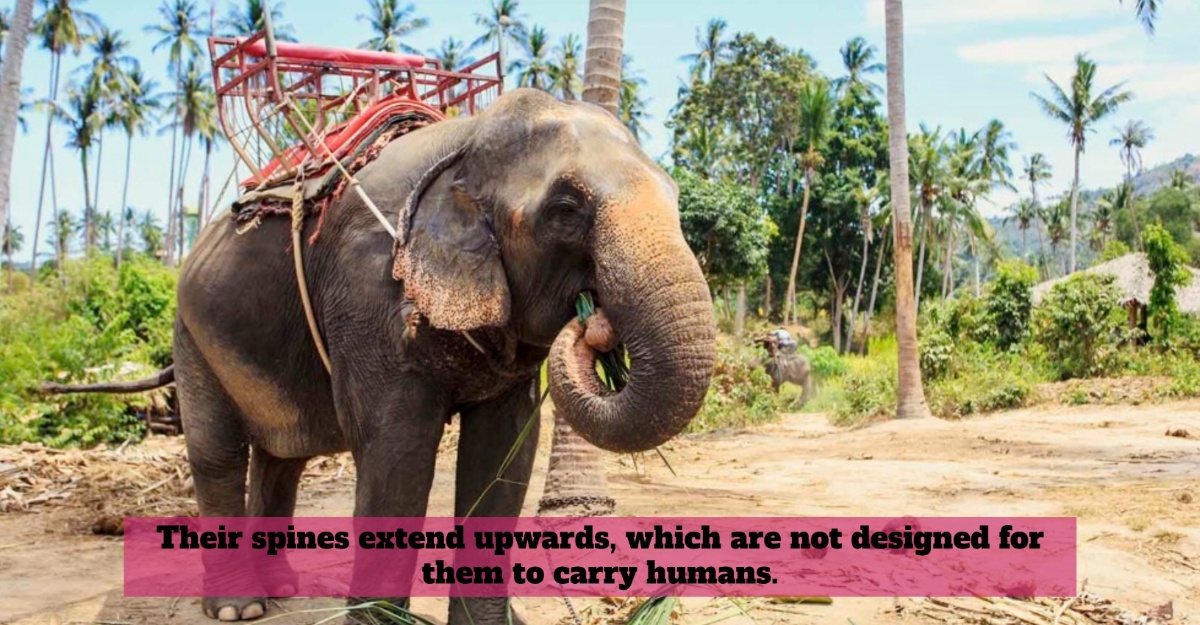

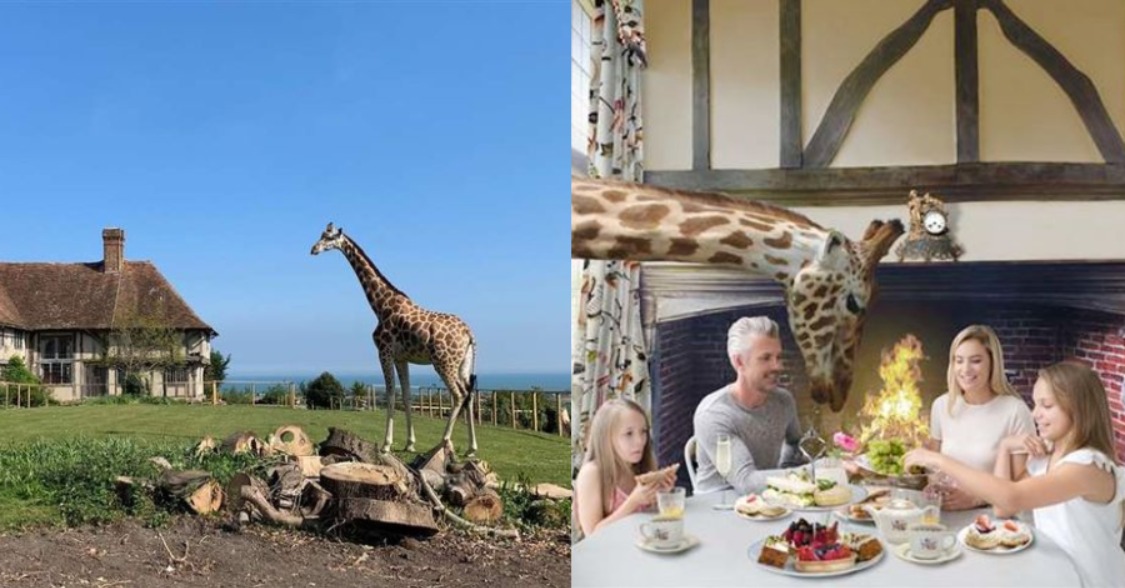
Leave a Comment